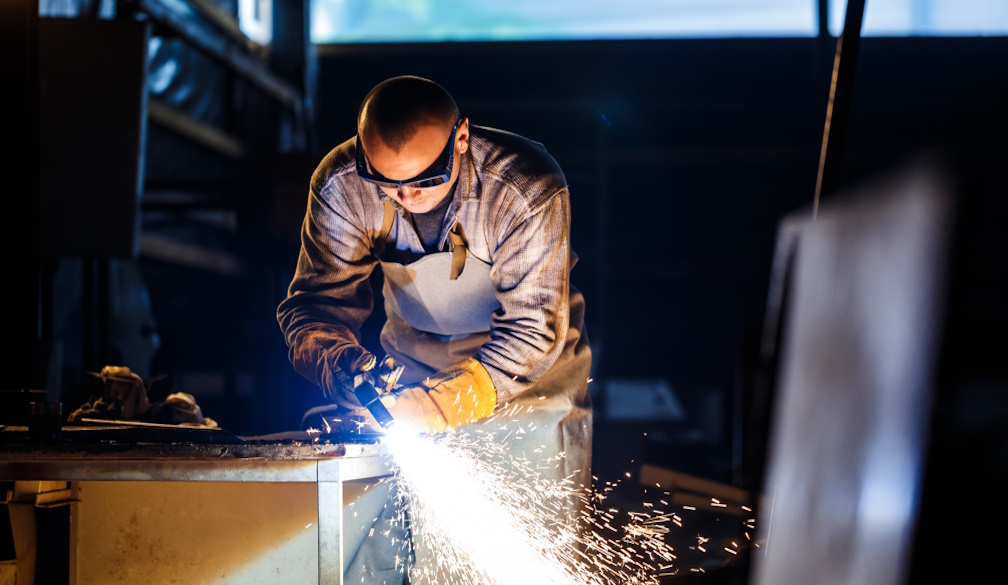Reviving Australian Manufacturing with Smart CNC Plasma Technology

Image by cookie_studio on Freepik
Australian manufacturing is moving back into the spotlight. Canberra’s Future Made in Australia agenda is steering twenty-two billion dollars toward local industry over the next decade and giving firms fresh reasons to invest in advanced machinery. One of the most accessible upgrades for small workshops is the modern cnc plasma machine. It offers fast clean cuts on steel plates, yet costs far less than equivalent laser systems.
What makes plasma cutting attractive today
Plasma cutters use an ionised gas jet to melt metal along a programmed path. New tables ship with intuitive software, self-adjusting torch height control, and plug straight into a standard three-phase socket. Operators can move from drawing to finished part in minutes. By bringing cutting work in house, a fabricator avoids freight delays and keeps sensitive designs off third-party servers.
An Australian builder with local support
Surefire manufactures its XT and KT series tables in Tamworth, New South Wales. Sizes range from 1.2 by 1.2 metres to 1.5 by 3 metres so even a modest shed can hold a fully enclosed unit. The tables use closed loop stepper servo motors for smooth travel up to ten metres per minute. A heavy water bed captures fumes and keeps thin material flat. Buyers deal with an Australian technical team rather than a time-zone shift to North America or Europe.
Boost to productivity and greener credentials
IBISWorld values the Australian fabricated metal products sector at about 6.6 billion dollars for 2025 and expects steady growth to 2030. Smarter cutting tables help firms win a slice of that demand while trimming carbon output. A water-cooled plasma arc uses less energy per millimetre than oxy fuel and local production removes freight kilometres from the supply chain. Off-cuts drop straight into domestic recycling streams.
Skills payoff for regional towns
Automation changes jobs rather than removing them. Every plasma table needs a programmer, a maintenance tech, and often a CAD designer. These roles keep apprentices in country areas and attract TAFE graduates who might have moved to the city. Local ownership also builds resilience. When border bottlenecks closed during the pandemic, shops that could cut their own brackets and gussets kept projects on schedule.
Cost recovery in months not years
Surefire hosts an online viability calculator that compares the hourly cost of outsourcing with in-house cutting. Even a conservative workload shows a typical XT12 table paying for itself in under eighteen months. Finance options spread the outlay and leave capital free for welding or robotic handling upgrades.
The road ahead
Modern plasma tables slot neatly into Industry 4.0 workflows where live machine data feeds purchasing, scheduling, and maintenance dashboards. As low-carbon mandates tighten and infrastructure spending rises, fabricators that adopt digital cutting will outpace rivals that still rely on manual saws. An Australian-made cnc plasma machine lets them start small, learn quickly, and scale when new contracts arrive.
Sparks flying off a plasma torch are more than a spectacle. They are visible proof that regional metal shops can lead a national push to make things on shore once again. With practical support from programmes such as Future Made in Australia and builders like Surefire, the renaissance is already under way.

















